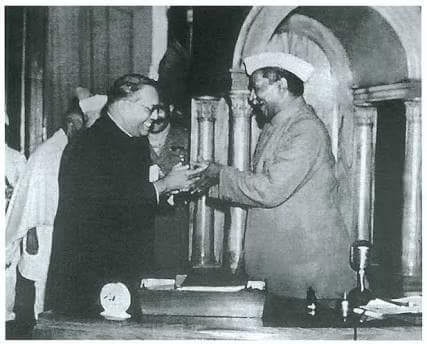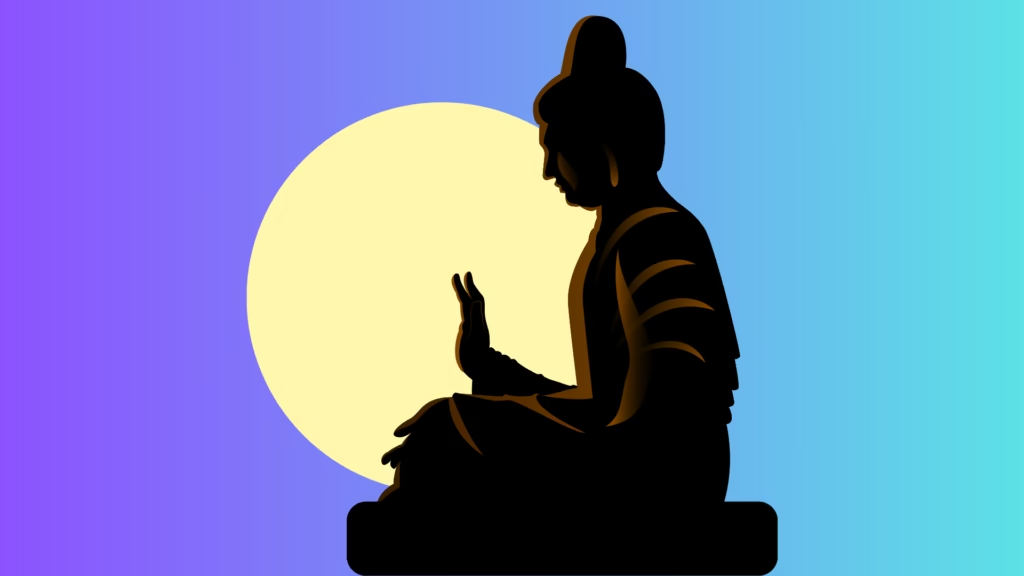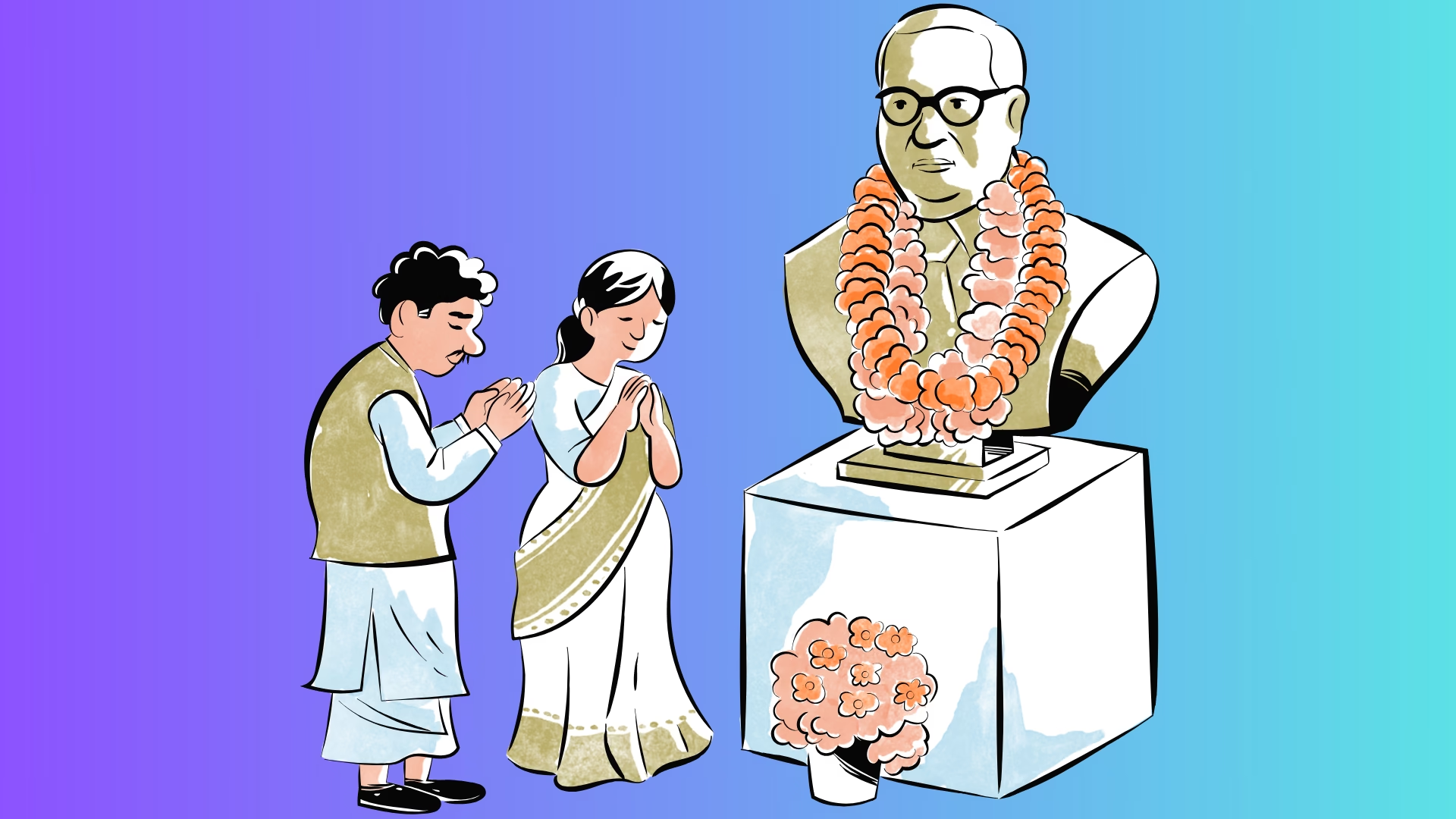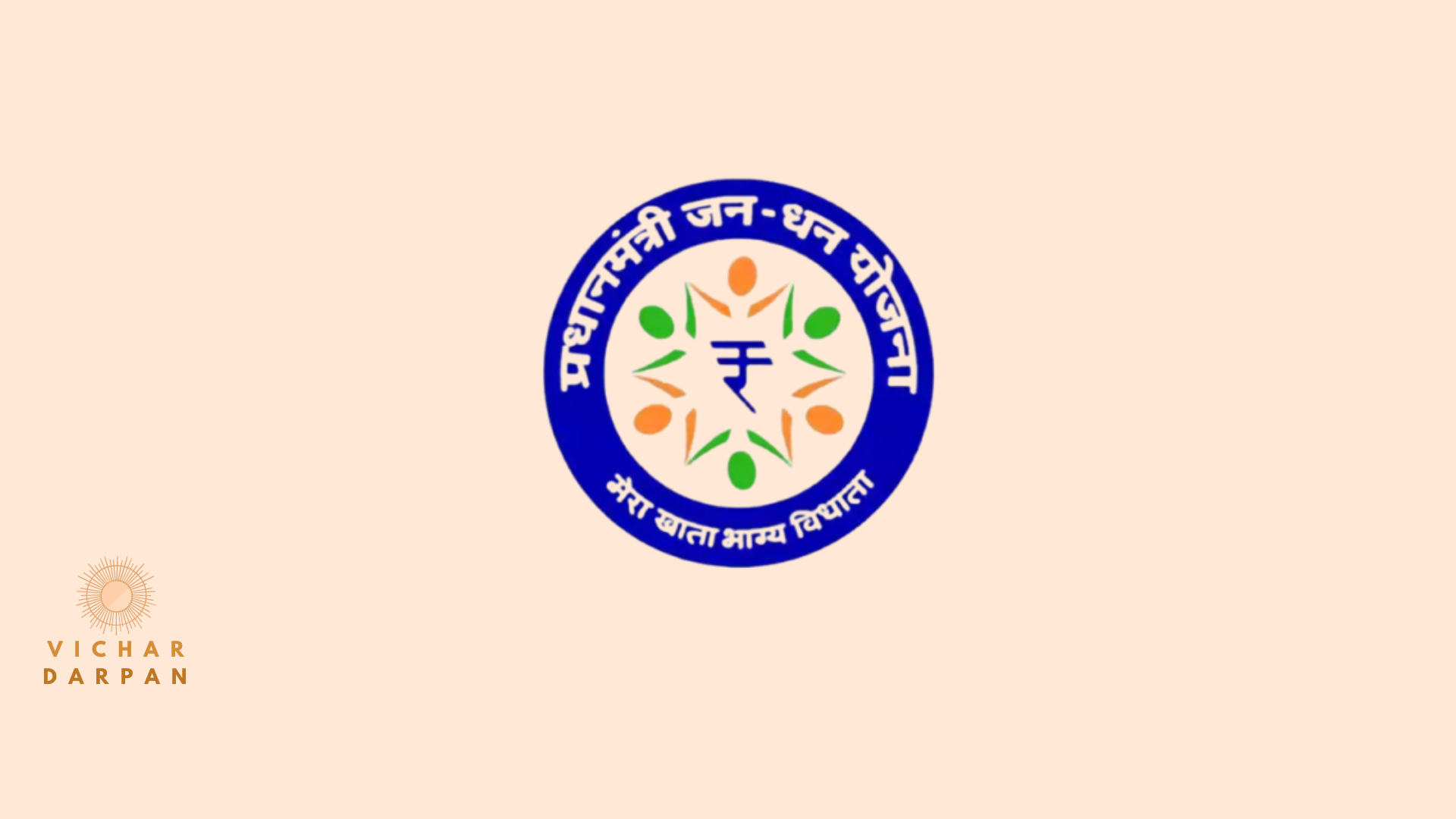
Today, April 14, 2025, is Ambedkar Jayanti. It’s a day we honour Dr. Bhimrao Ramji Ambedkar, or Babasaheb, as many affectionately call him. Instead of just listing facts, let’s take a peek into his incredible personal journey. We’ll trace how his experiences shaped his thinking and transformed him into the leader we remember through the Ambedkar Jayanti Celebration. This year, Ambedkar Jayanti holds special significance, as it reminds us of the ongoing struggle for equality and justice.
Early Life (1891-1912): Awakening to Injustice
From his first breath in Mhow, Ambedkar’s life was defined by contradictions – born into oppression yet destined to dismantle it. The classroom became his battleground, where caste hatred tried to break his spirit but only strengthened his resolve. Each humiliation – being forced to sit apart, denied water – didn’t crush him; they became kindling for a fire that would later consume caste oppression. When he sailed for America in 1913, it wasn’t just a student going abroad, but a revolutionary in the making, collecting the intellectual weapons he’d need for India’s freedom struggle – the one against its own social order.
- 1891: (April 14) Born in Mhow, Central Provinces (now Madhya Pradesh).
- Childhood: Faced severe caste discrimination in daily life and school.
- c. 1907: Completed matriculation from Elphinstone High School, Mumbai.
- 1912: Graduated from University of Bombay (Elphinstone College). Earned a degree in Economics and Political Science. Received the Baroda State Scholarship for higher studies abroad.
Education Abroad (1913-1923): Forging a Radical Vision
In New York and London libraries, Ambedkar’s mind underwent a metamorphosis. He didn’t just study economics and law – he reverse-engineered caste, exposing it as a social construct rather than divine order. His Columbia thesis wasn’t merely academic work; it was the first surgical strike against caste ideology. When British professors praised his brilliance, the irony wasn’t lost on him – the same empire maintaining caste hierarchies was now certifying his intellect. This period transformed him from a bright student into what the establishment would fear most – a subaltern with world-class education and the courage to use it.
- 1913 – 1916: Studied at Columbia University, New York, USA.
- 1915: Earned his M.A. degree (Economics).
- 1916: Submitted his Ph.D. thesis in Economics (degree awarded later).
- 1916 – 1923: Studied at the London School of Economics (LSE) and Gray’s Inn, London (with interruption).
- 1921: Obtained M.Sc. degree (Economics) from LSE.
- 1922: Called to the Bar at Gray’s Inn (qualified as Barrister-at-Law).
- 1923: Awarded D.Sc. degree (Economics) from LSE.
Social Rebellion (1920s-1930s): The Strategist of Resistance
Ambedkar’s return to India marked a new phase – the scholar became a general marshaling his people’s liberation. The Mahad Satyagraha wasn’t just about water; it was theater of the oppressed, where untouchables publicly shattered Manusmriti’s chains. His newspapers weren’t mere publications but artillery shells loaded with revolutionary ideas. At Round Table Conferences, he outmaneuvered both British condescension and Gandhi’s paternalism, proving Dalits needed saviors least of all – just equal rights. The Poona Pact compromise revealed his pragmatism; he traded numbers for real political access, knowing perfect justice would come in phases.
As we celebrate Ambedkar Jayanti, we reflect on the teachings of Dr. Ambedkar that continue to inspire movements for social justice and equality across the globe. His vision for an inclusive society resonates today, making Ambedkar Jayanti a pivotal moment for renewal and commitment to these ideals.
- 1920s: Returned to India, faced continued discrimination. Worked as professor and lawyer.
- 1920: Launched the Marathi newspaper ‘Mooknayak’ (Leader of the Dumb) to voice Dalit issues.
- 1924: Founded the ‘Bahishkrit Hitakarini Sabha’ to promote education and socio-economic upliftment for untouchables.
- 1927: Led the Mahad Satyagraha to assert the right of untouchables to use public water sources.
- 1927: Started the journal ‘Bahishkrut Bharat’ (Excluded India).
- 1930 – 1932: Represented the Depressed Classes at the Round Table Conferences in London.
- 1932: Signed the Poona Pact with Mahatma Gandhi regarding political representation.
- 1935: Declared his intent to leave Hinduism due to caste oppression. Served as Principal, Government Law College, Bombay.
- 1936: Formed the Independent Labour Party.
Constitution-Making (1940s-1950s): Institutionalizing Revolution

As Constitution architect, Ambedkar performed his greatest alchemy – turning centuries of oppression into constitutional guarantees. Article 17 didn’t just abolish untouchability; it made India the first civilization to constitutionally repudiate its own social sin. His labor reforms gave workers dignity; his Hindu Code Bill sought to free women from patriarchal bondage. When orthodox Hindus blocked reform, his resignation wasn’t defeat but a moral indictment – he’d rather stand alone than compromise on human rights. The Constitution became his ultimate protest sign, etched not on cardboard but in the nation’s foundational law.
- Ongoing (from 1920s/30s): His economic research and guidelines presented to the Hilton Young Commission influenced the foundation of the Reserve Bank of India (RBI).
- 1942 – 1946: Served as Labour Member in the Viceroy’s Executive Council, advocating workers’ rights.
- 1947 (Post-Independence): Appointed Chairman of the Constitution Drafting Committee.
- 1947: Became India’s first Minister of Law and Justice in Jawaharlal Nehru’s cabinet.
- 1947 – 1949: Played the pivotal role in drafting the Constitution of India. Championed fundamental rights, equality, social justice, and the abolition of untouchability.
- c. 1951: Introduced the Hindu Code Bill to codify and reform Hindu personal law, empowering women (resigned from cabinet when it stalled).
In honor of Ambedkar Jayanti, various events and programs are organized to promote awareness of Dr. Ambedkar’s contributions and the importance of social reform in modern India.
Final Spiritual Revolution (1950s): Breaking the Ultimate Chain

His mass conversion to Buddhism wasn’t mere religious change but the final act of ideological defiance – rejecting Hinduism’s cage while embracing its Indian roots. Nagpur’s 1956 ceremony wasn’t ritual but liberation theater, where half a million untouchables publicly shed their imposed identity. “The Buddha and His Dhamma” was his last missile – proving enlightenment belonged to all, not just upper castes. His death weeks later seemed almost deliberate – mission accomplished, he departed after giving his people both earthly rights and spiritual dignity.
Find more about Navyana Buddhism here.
- 1956 (October 14): Embraced Buddhism along with hundreds of thousands of followers in a historic mass conversion ceremony in Nagpur.
- 1956: Completed his final major work, ‘The Buddha and His Dhamma’ (published 1957).
- 1956 (December 6): Passed away in Delhi.
- 1990: Posthumously awarded the Bharat Ratna, India’s highest civilian award.
On this Ambedkar Jayanti, let us remember the significance of education in empowering marginalized communities and the need to uphold the values of justice and equality that Dr. Ambedkar championed throughout his life.
Ambedkar Jayanti Celebration Today: The Unfinished Conversion
Every April 14th, when millions gather at Chaitya Bhoomi, they’re not memorializing a dead leader but renewing vows to a living revolution. The statues garlanded across India aren’t mere stone – they’re mirrors forcing society to confront its unkept promises. In classrooms where Dalit children still sit separately, in villages where inter-caste couples are murdered, Ambedkar’s specter whispers: “My work remains unfinished.” The real tribute isn’t floral offerings but creating the India he envisioned – where birth doesn’t determine destiny, and where the Annihilation of Caste isn’t just a book title but daily reality.
- Ongoing (esp. April 14): The Ambedkar Jayanti Celebration is observed annually. It honours Dr. Bhimrao Ramji Ambedkar and his contributions.
- Today (April 14, 2025): People across India pay homage. Statues are garlanded. Meetings and discussions focus on his ideals of equality, social justice, and education. It’s a public holiday dedicated to remembering his legacy.
Conclusion: An Unfolding Legacy
The story of Bhimrao Ramji Ambedkar is one of constant evolution. He transformed personal suffering into a universal fight for justice. He used education as a weapon against ignorance and prejudice. He moved from academic critique to mass mobilization to nation-building. On April 14, we don’t just mark a birthday; we reflect on a life that fundamentally altered the course of Indian history and continues to call us towards a more just and equitable future.
The legacy of Ambedkar Jayanti lives on through the actions of those inspired by Dr. Ambedkar’s fight for rights and dignity for all, especially the marginalized and oppressed.
Every year, Ambedkar Jayanti serves as a reminder of the ongoing struggles against caste discrimination and the need for societal change to fulfill Dr. Ambedkar’s dream of equality.
Ultimately, Ambedkar Jayanti is more than a celebration; it is a call to action for all of us to continue the fight for justice, equality, and human rights.



